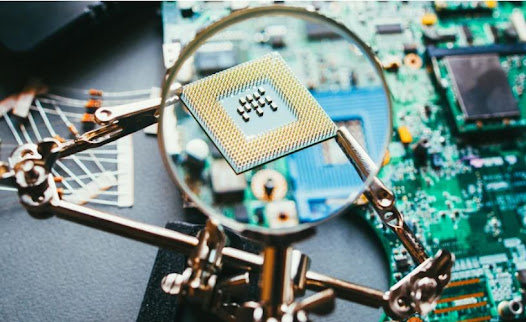Early Beginnings and Evolution
1940s - Birth of PCBs: The development of PCBs began in the early 20th century, but it was during the 1940s that the technology took a significant leap. The United States military used PCBs during World War II, marking the start of modern PCBs.1950s - Commercialization: Post-war, the PCB technology was adopted by commercial industries, leading to its widespread use in consumer electronics.
1960s - Introduction of Double-Sided PCBs: This era saw the introduction of double-sided PCBs, which allowed for more complex circuits without increasing the board size.
Technological Advancements
1970s - Multilayer PCBs: The development of multilayer PCBs was a game-changer, enabling even more complex circuits to be accommodated in smaller spaces.
1980s - Surface Mount Technology (SMT): SMT revolutionized PCB assembly by allowing components to be mounted directly onto the surface of the board, significantly reducing the size and improving the reliability of electronic devices.
1990s - HDI Technology: High-Density Interconnect (HDI) technology emerged, allowing for smaller vias and pads, leading to denser component placement and better performance.
Recent Innovations
Flexible PCBs: The advent of flexible PCBs has opened up new possibilities in electronics design, allowing for the creation of bendable and foldable electronic devices.
Rigid-Flex PCBs: Combining the best of both worlds, rigid-flex PCBs offer the versatility of flexible PCBs with the durability of rigid PCBs, ideal for dynamic or high-stress applications.
Environmentally Friendly PCBs: With the increasing focus on sustainability, the industry is moving towards the use of eco-friendly materials and processes in PCB manufacturing.
Future Trends
3D Printed Electronics: 3D printing is set to revolutionize PCB manufacturing by enabling the direct printing of conductive layers onto various substrates, potentially reducing waste and cost.
Embedded Components: Embedding components within the PCB substrate is a trend that's expected to grow, reducing the size and improving the performance of electronic devices.
IoT and Smart PCBs: As the Internet of Things (IoT) continues to expand, PCBs are becoming smarter and more integrated, with built-in sensors and connectivity features.
Conclusion
The ongoing evolution and innovation in PCB technology are pivotal in driving the electronics industry forward. From enabling the miniaturization of devices to enhancing their performance and functionality, PCB technology continues to adapt and evolve, meeting the demands of modern electronics. As we look to the future, the trends in PCB design and manufacturing promise even more exciting possibilities, shaping the next generation of electronic devices.
This overview should provide a solid foundation for your blog post, highlighting the key developments and future trends in PCB technology.








